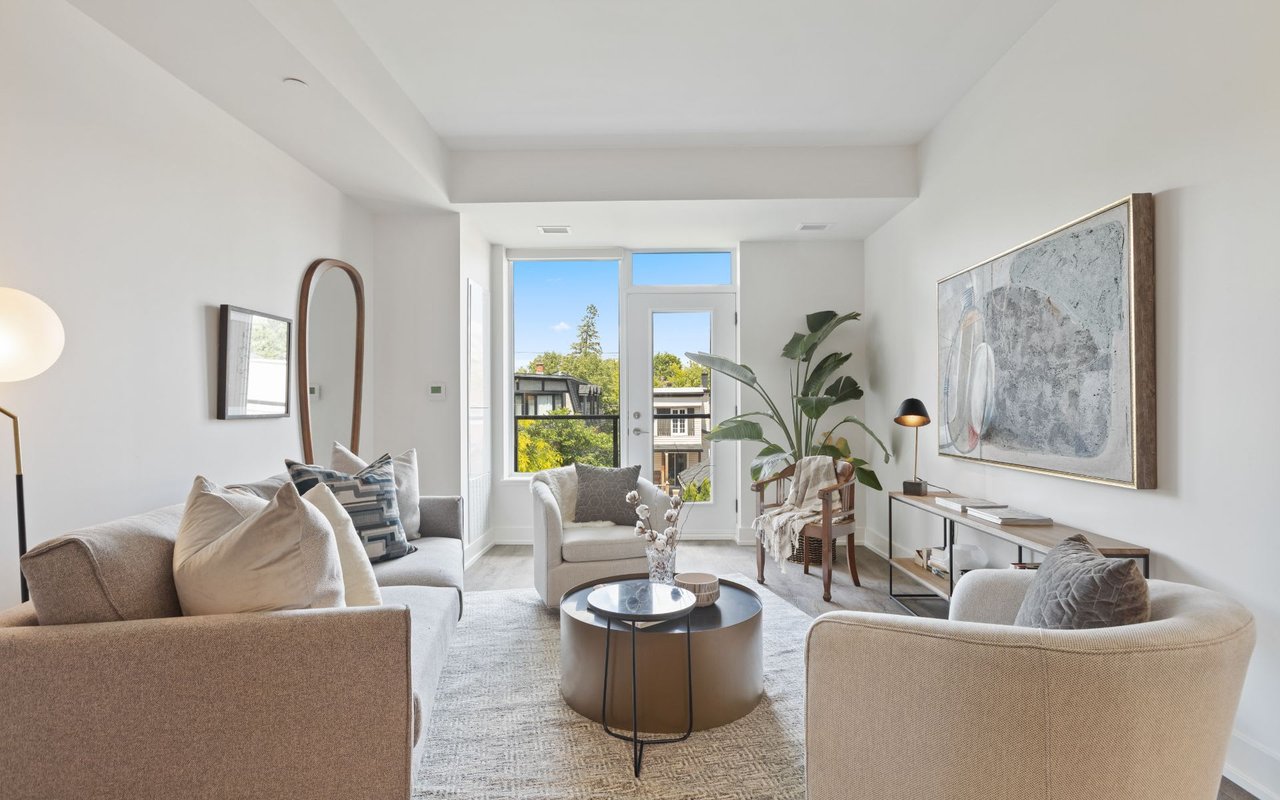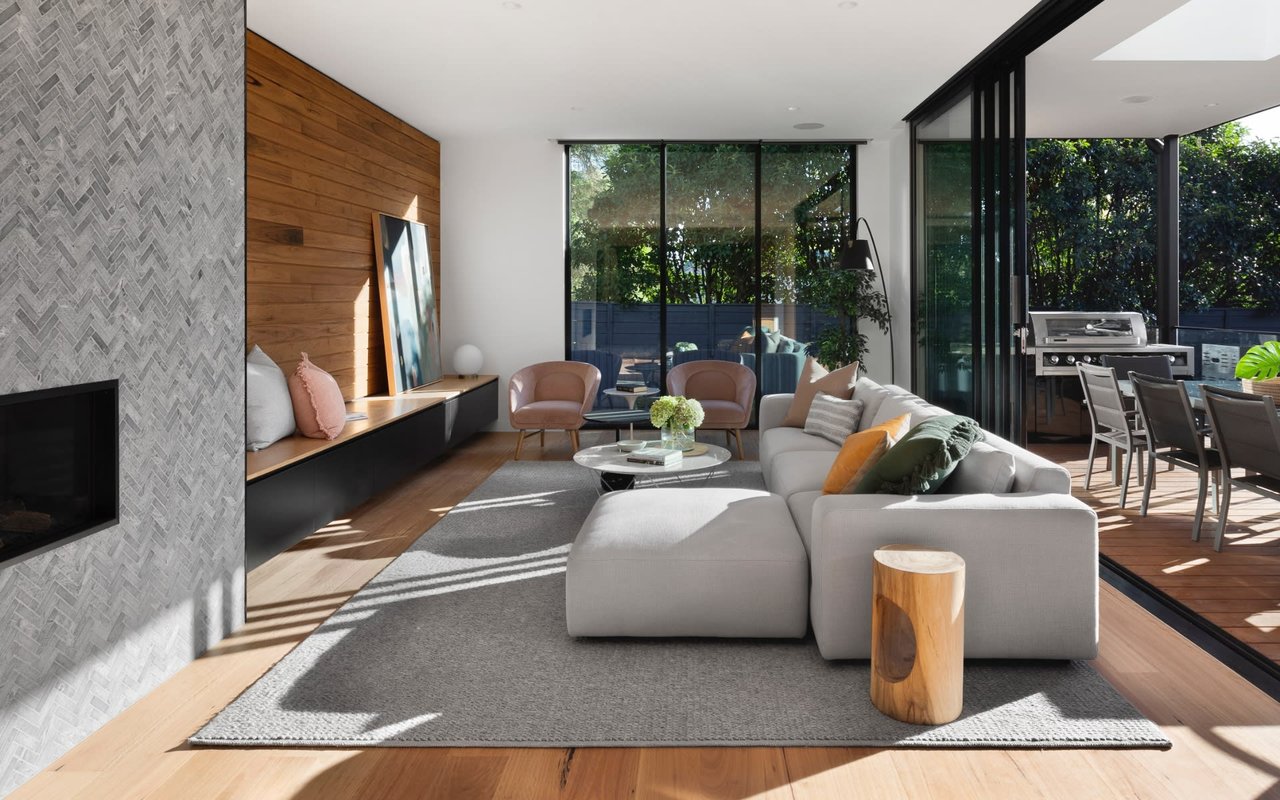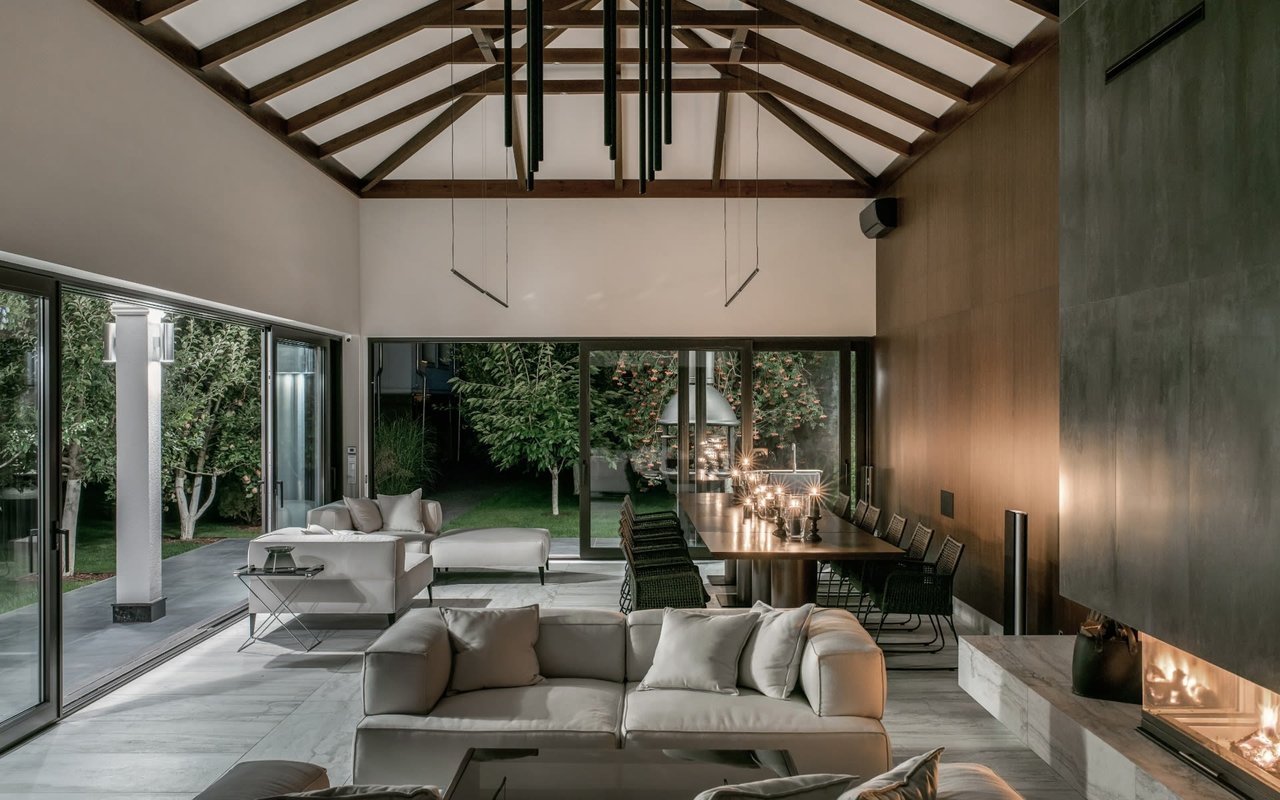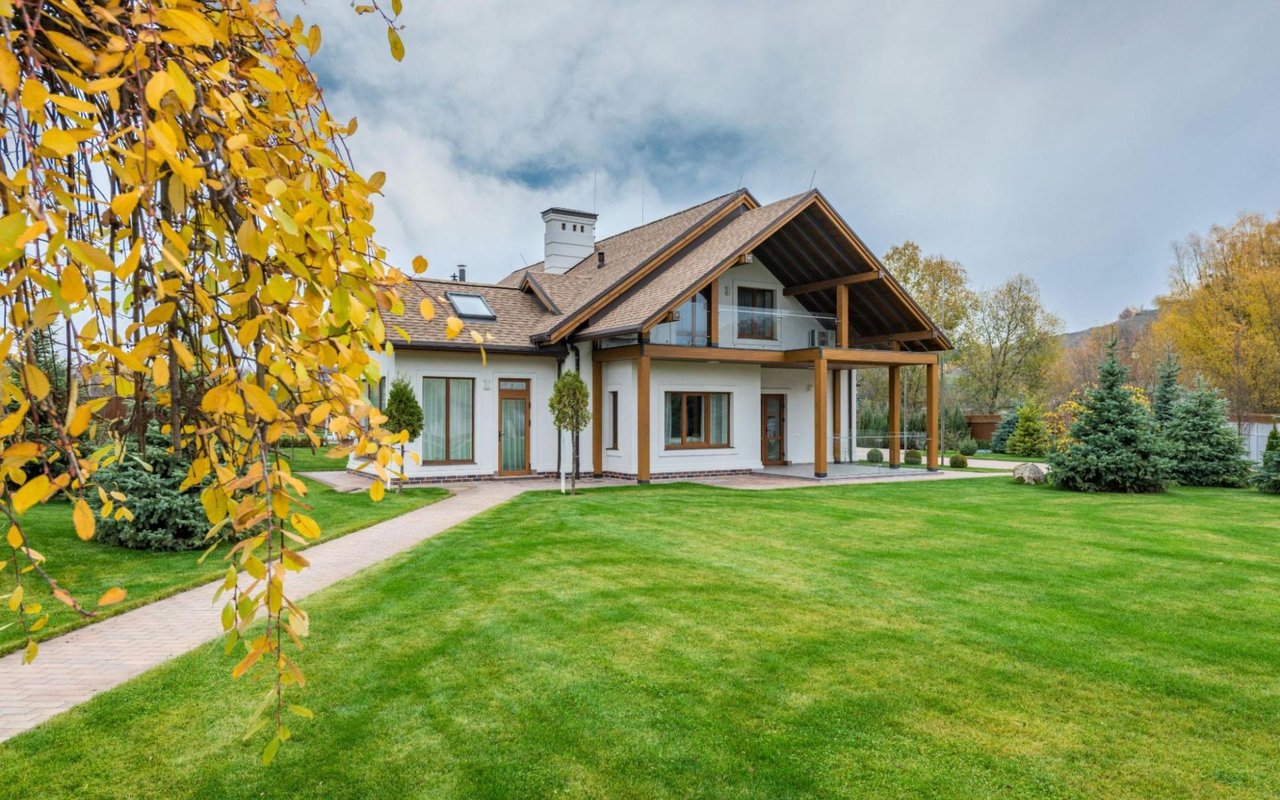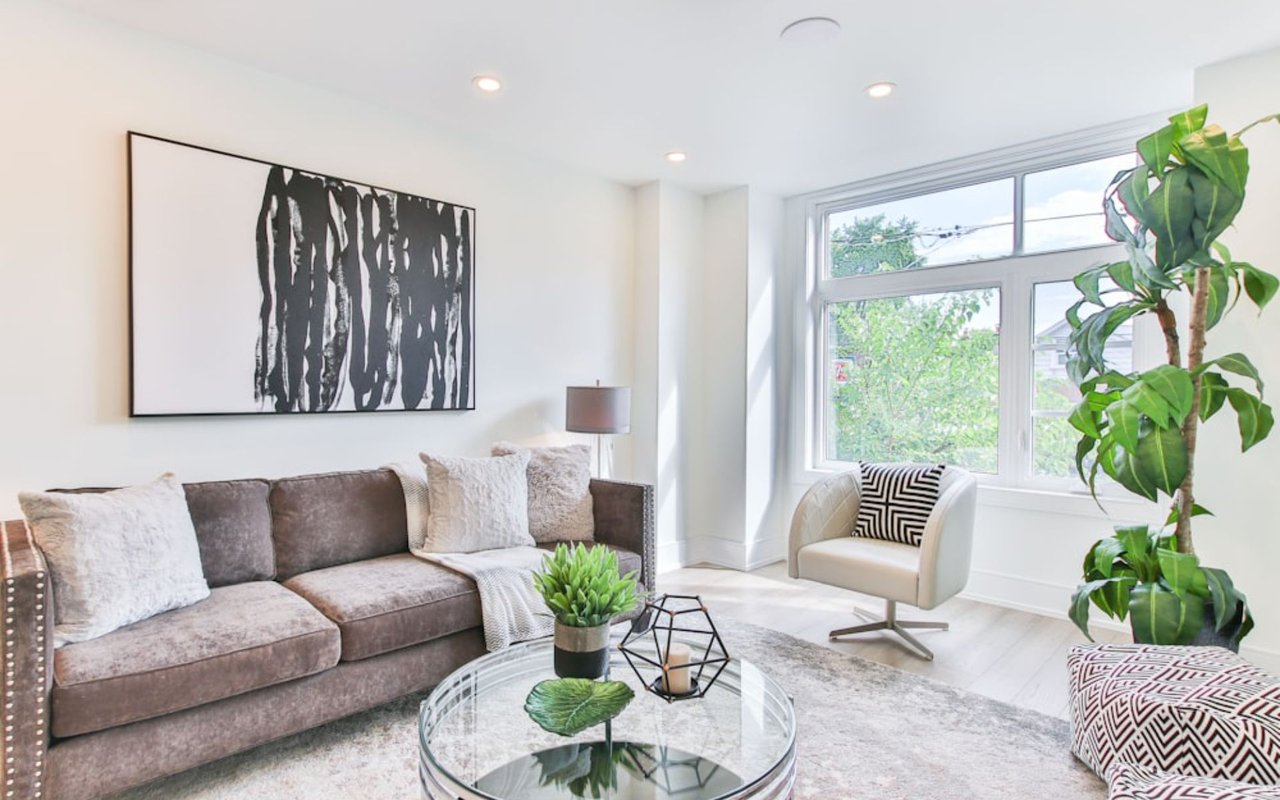The Lower You Price Your House the More Money You’ll Make
Despite telling sellers over and over that the lower they price their house in this market, the more they will make, many sellers just won’t believe me. Right now, we have a huge mismatch between supply and demand.
Every week this year has seen a record low for that week. For this week, we only have 130 single family homes on the market. Of those 130 houses, a third of them have been on for 174 days or more i.e. half a year. On the other end a third of our listings or 43 of our 130 listings have been on been on the market for less than 24 days.
Our “new” inventory is 43 listings, when it should be 200 – 300 new listings. Of course, I hear you saying what about all those houses that went to contract quickly. As of the second week of April, we have had 179 sales and contracts in 2024 YTD. Of those 179 transactions, 106 of them, or 60%, were on the market for less than a month.
If the odds are 3 out of 5 that you will have a contract on your house in less than a month in 2024, what should you as a seller do to maximize your sales price? The answer obviously is to not to underprice your house so that you don’t give up any of the upside on the sales price for your house. If your initial price is too high, you can always lower it to closer to today’s market price.
While obvious, this approach is generally wrong for three reasons. First and most importantly, buyers have more information at their fingertips than they have ever had before. Just take a look at the panoply of information that the new upstart homes.com is offering or Zillow, (which does often play fast and loose with some of their data, e.g., Zestimates and monthly costs).
Any buyer who has been following the market for long, knows when a seller is testing the upper boundaries of possible sales prices. If the buyer isn’t sure, their agent knows. So, when you go for the gold, what happens? You get fewer initial showings, fewer bids and less Type A competition.
If you don’t get any bids and traffic is falling off, your solution is to lower the price. If you listen to your agent, that first reduction should be substantial and should happen quickly. If you wait to reduce your list price, you are just going to miss buyers, who will find something better priced before you lower the price, so keep that hope and a prayer listing-price period as short as possible.
Also, there is the psychology of the high pricing approach. The buyer and their agent look and see an over-priced listing and decide to wait. Now when the seller lowers their price, they are not in as strong a position as they were before. On the flip side, a significant reduction shows that the seller is willing to negotiate and make a deal.
Conversely, a small reduction of say $50,000 or even $200,000 on a $10,000,000 listing shows just the opposite, the seller is likely not that negotiable. As a result, if you the market doesn’t bite at the high initial price, you need to make large price reduction, so that the price is competitive, and you don’t get caught in a death spiral of small cuts.
Some agents see over-pricing listings as a way to get listings, or as it’s known, “buying the listing”. It takes a confident owner to turn down a $3 million suggested listing price from an agent, when their other prospective listing agent is suggesting a $2.4 million list price. This is true, even when the seller knows the lower priced agent is more experienced. Human nature just wants to think that the agent suggesting the higher list price knows something the other agent doesn’t.
But let’s look at what happens when you list at $2.4 million versus $3 million, (which even you as seller think is high, but wouldn’t it be wonderful if you could get that $3M price.) If you list at the $2.4 million price that the more experienced agent is suggesting, you are closer to market price and the buyers know this. Right now, we have a lot of people that want to buy a house in Greenwich. The $2.4 million price will get dozens more buyers to come see the house, than will the $3 million price. And, if you are priced too low, you’ll get even more buyers.
These buyers are likely to see another buyer leave their dream home as they wait to get in. On leaving there is another set of buyers waiting to get in to “their” dream home. They want that house and know better than to make a low-ball offer to start with. They also aren’t the only buyer that knows this. The result is that you now have multiple offers over list price. You can accept one of those offers or ask for sealed bids, and likely, get an even higher price.
The numbers back up this approach. Of our 92 sales so far this year, 54 went for full list price or over list price. Of those 54 houses, their median days on market was only 13 days. Conversely, for the houses this year that sold for under their original list price, their median days on market were 113 days and some were on as long as 900 days. For the folks that take the high-priced approach, their house was on for a median of three and a half months of keeping the house in showing shape and vacating the house for showings.
The sellers that started high got an average of 90% of their original list price, but one house only got 64% of their original list price. That house was on the market for 344 days or 26 times longer than the median days on market for the houses that sold at list or over list. Initial pricing is crucial if you want to get the highest price.
Listing low and selling high is not always the right approach. It works well in this market, with low inventory and very good demand for houses that are in good shape. For those houses a properly priced house can expect multiple offers and a contract in a few weeks. For houses that have a smaller potential buyer pool, pricing a above expected sales price may well be a good way to go.
Houses with a limited audience, means that the multiple offer situations are also less probable. Without multiple offers you can’t expect a sales price over list price. For contemporaries, antiques, “unique” houses, and houses that need a lot of work a low list may not result in a quick sale over list from multiple offers. If your “low” priced listing doesn’t sell quickly then you have to reduce the price. (Then again, you may have another option as you can read below.)
Most Seller Don’t Believe Staging is Worth the Price
Here’s the thing, the large majority of people who have the wherewithal to buy your house, don’t like your taste in home furnishings. If that wasn’t the case, we’d see more offers from buyers to buy all the seller’s furnishings, rugs, paintings and chandeliers. Think about it, how many of your friends’ houses have you been in where you like the way they’ve furnished their house better than the way you’ve furnished your house.
(NB: Should you like your friend’s taste better, don’t tell your spouse, because they likely don’t agree with you. The only exceptions that I have encountered in my career were a divorcee that hated her husband’s furnishings and left them all behind and foreign transferee that was too busy to go buy furniture.)
The purpose of staging is not to make your house worthy of an Architectural Digest cover story on trendy furnishings. It is to make your house appealing to the most likely buyers for your house. The idea is for the buyers to see the house, not the furnishings. This is essential because most buyers have trouble seeing beyond what is before them. If you have a house full of Montana log style furniture and walls covered with animal heads from past hunting trips, most Greenwich buyers won’t be able to see that there is actually a pretty cool house under all that.
Staging is also crucial when it comes to different layouts and unique rooms. Staging an oblong room as office defines the room as opposed to leaving the buyer wondering how the room could be used. The right color paint also cures a myriad of problems. I still remember a couple from one of NYC’s boroughs, who said they could never live in what was otherwise a nice colonial, because it had oxblood red painted walls in the primary bedroom. They just weren’t able to envision the bedroom with nice eggshell white walls.
Staging is worth it in nearly every house and covers a wide gamut of services. At one end is the complete staging of an empty house with rented furniture, accessories, new paint, repairs and even new lighting fixtures. At the other end, the stager may simply write up an action plan of decluttering, eliminating unnecessary furniture and rearranging what is left. No need to buy or rent anything.
The good thing is many brokerages have financing services to cover the cost of staging, repayable when the house sells. Regardless, the cost of staging is usually covered many times over by the increased sales price and a quicker sale.
If you want to maximize your sales price, give serious consideration to taking a low initial price approach and consider staging your house.
